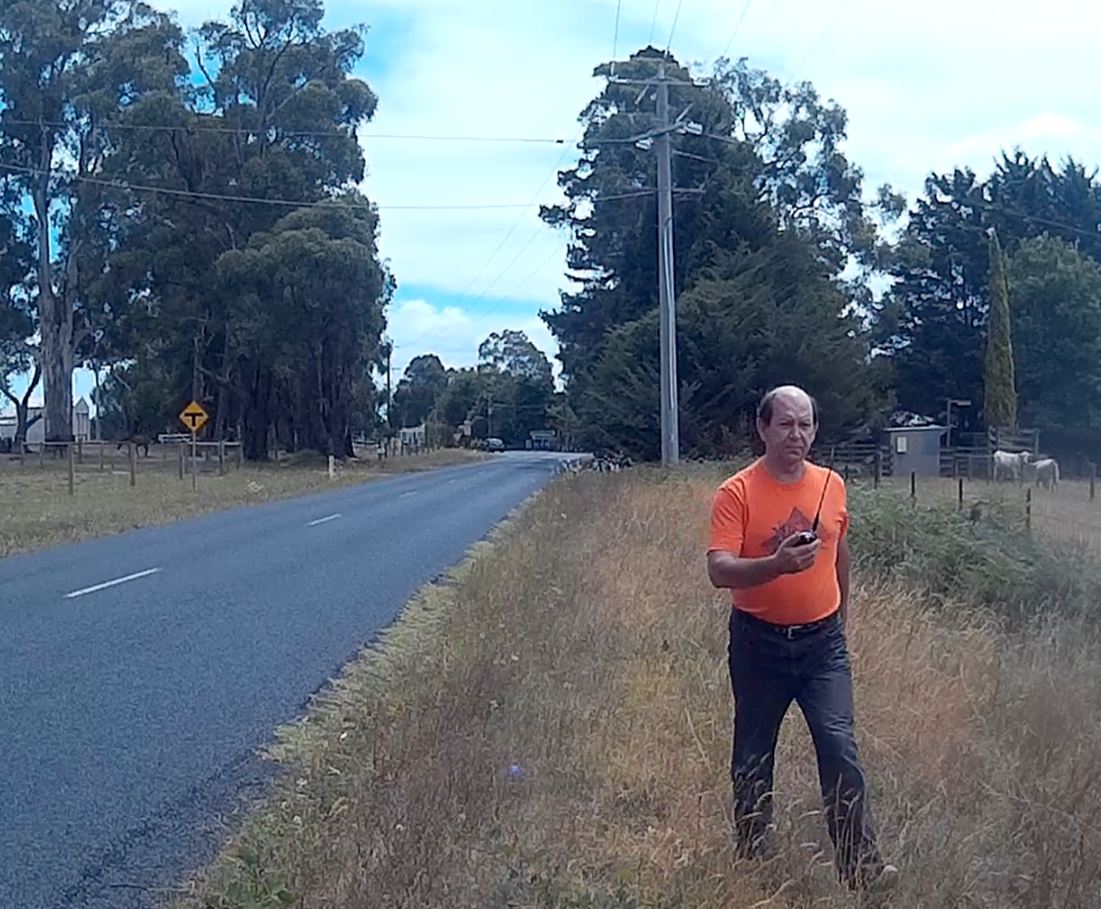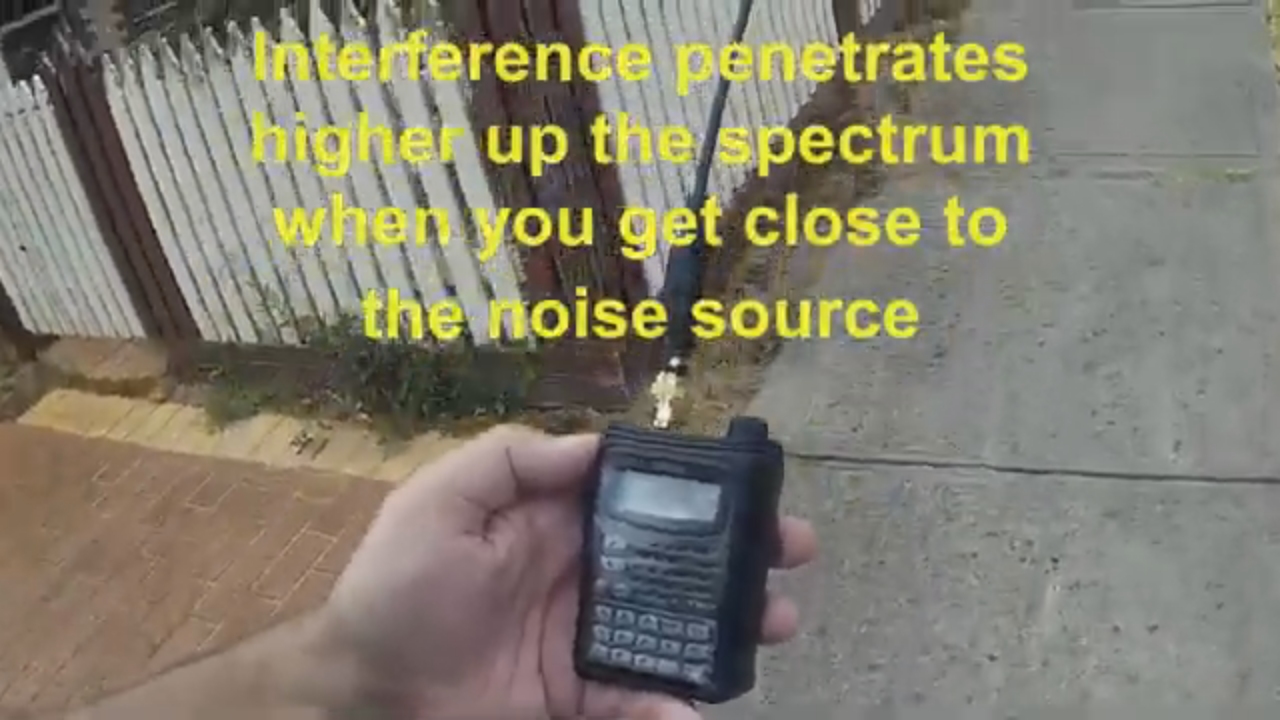
Once you have undertaken some basic analysis of the noise source (from the comfort of your shack) you should have a basic understanding of its characteristics.
You will also have completed the following templates in order to assist in narrowing down and locating the noise source:
You should be able to answer the following questions.
- Does it have a time pattern?
- Is it linked to certain events?
- What does it sound like?
- Is it broadband or on fixed frequency?
- Does it appear to come from a certain direction?
- Is it stable or wandering across the spectrum?
You have now a description of the noise. You know when it occurs, its sound characteristics, the frequency/ies it impacts, and maybe even a bearing from your location. Now you want to track it down to a specific location and hopefully, identify offending source.
In the first instance, you will start with some broad directional investigation and attempts to narrow down its direction. Depending on the source and type of the noise, your approach to locating it will vary. This may involve a short journey in the car followed up by a short hike. Or it may be as simple as a stroll down your street to identify the target property.

You can start by considering the relationship between frequency and distance. Broadly speaking, the closer you get to the noise source (broadband noise), the higher up the spectrum you will experience interference. We can use this characteristic to help us localise and pin point the noise source.
Start by using a simple AM receiver and DF loop (described elsewhere in QRM.guru) and as you get closer to the noise source, move up the spectrum to find the highest frquency (or top edge) of the noise signal. You can use this technique to progressively “move in on your prey.” As your “sniff” out the culprit, keeps notes or records of your efforts. Good records will assist in proving your case.
Your next step is to narrow down the location of the noise – visit here.
Consider adding a few tools to help you – maybe your local club could build a kit to assist members in locating noise: DF Loop, simple AM receiver and a broadband receiver covering 500KHz up to 1GHz. (eg. Icom T90A)
This video describes a basic process for locating the noise source.
The video below (thanks Alan, VK2CA) illustrates the relationship between frequency and distance.
